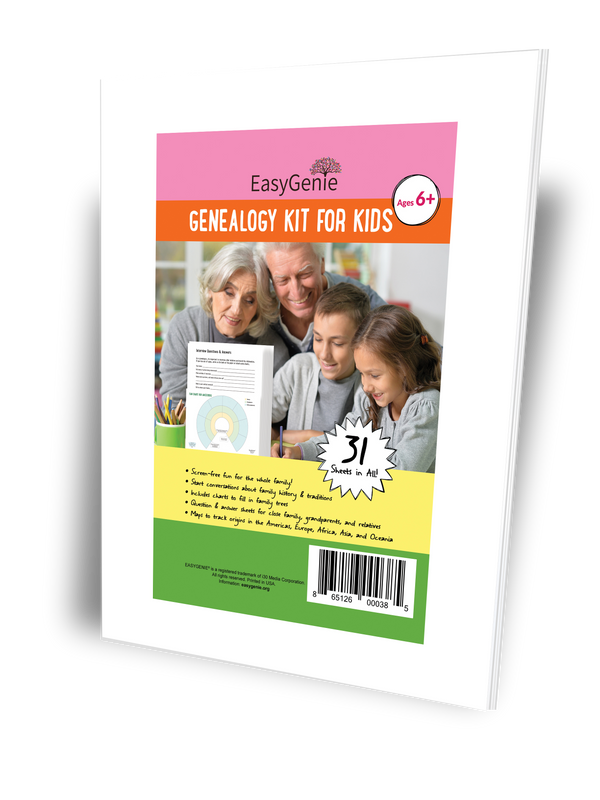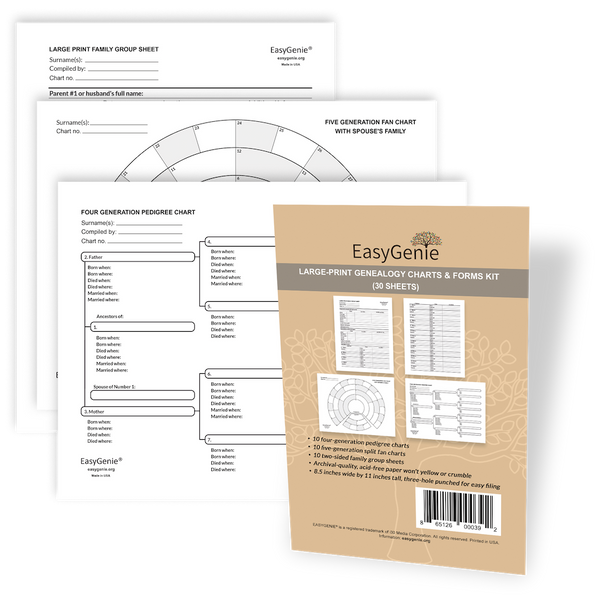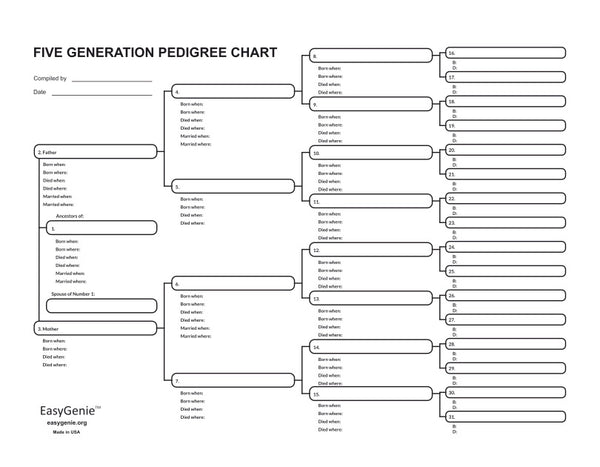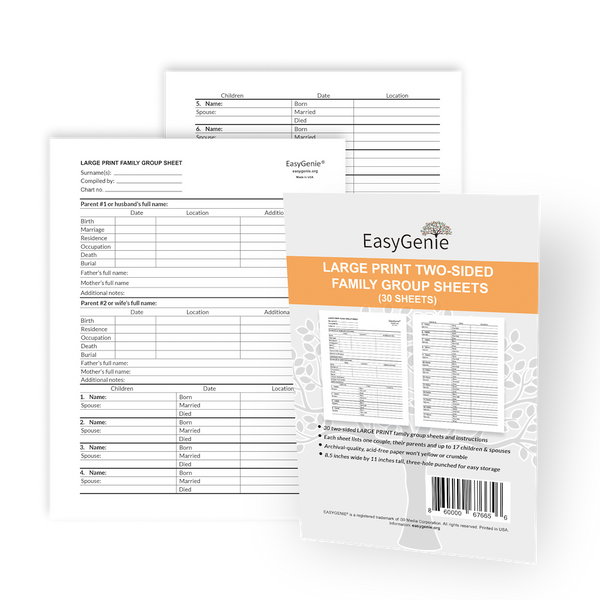
Understanding changes in AncestryDNA's ethnicity percentages
Ian LamontIf you are an Ancestry DNA customer, you may have noticed an update to your "ethnicity percentages," like in the map above. Ancestry has also added a new feature that assigns estimates to your parents, even if they have not tested.
While some people noted only minor changes, others expressed surprise about the results:
I lost 16 points to Scotland. Now that’s a lot. Not that I had a clue where the Scottish ancestry came from in the first place. Seems to me there’s some issues with AncestryDNA
— Paula Jones 🌻 (@mspaulamjones) April 19, 2022
Before update (left). After update (right). pic.twitter.com/FGjykWpFR4
— Melinda (@melindaviy_) April 19, 2022
How can someone's ethnicity change? The short answer is: It can't ... but the way the estimate is created can.
Ancestry calculates these estimates the same way other testing companies do, using sample populations and statistical techniques:
First our scientists create a reference panel, which is made up of reference groups. Each reference group has the DNA of people whose family lived in a certain part of the world for many generations. And each reference group represents an ethnicity region.
As of 2020, there were 70 reference groups in the AncestryDNA reference panel. When a customer takes an AncestryDNA test, our scientists compare their DNA, piece by piece, to see which reference group each piece of that customer’s DNA most closely resembles.
The ethnicities assigned to each piece of DNA are then totaled up and the percentages are calculated. If 15% of the DNA pieces analyzed look most like the France reference group, then the customer gets 15% France in their ethnicity estimate.
The problem we have with these techniques is they can be inaccurate for smaller reference populations, including people whose ancestors came from Africa, Asia, and indigenous groups in North and South America.
Even for larger groups, many testers have observed wide swings over time, such as the examples shown above.
What is especially challenging is when a small ethnicity percentage appears. Family historians and genealogists may scramble to identify the line and match up the paper trail.
Some may even take the small percentage to heart, incorporating it into their identity - "I'm 1% Italian!" or "I want to get in touch with my 2% West African heritage" or "What are some Persian traditions that I can share with my grandchildren, now that we have a 3% ethnicity estimate from that part of the world?"
We've done this ourselves with a tiny percentage from Spain or Portugal ("Iberian" in the graphic above), which supposedly came from an ancestor who lived around the year 1600, according to 23andme:
This was surprising, as the paper research back to the mid 1700s only showed ancestors from Ireland in that branch.
Our imaginations ran wild. Was it a survivor of the 1588 Spanish Armada, blown off course to Ireland, and settled there? A Portuguese monk who fell in love? Or was it a merchant from Dublin who married a woman from Spain, and brought her back home to start a family?
We began to conduct historical research and DNA triangulation to figure out the connection. Guess what? 5 years later 23andme's reference populations were updated, and the Iberian estimate disappeared. What a gigantic waste of time!
Some AncestryDNA customers are experiencing similar frustrations with its most recent ethnicity update:
They have completely deleted all my French DNA and for some reason is tracking my European Jewish DNA? Weird.
— Lady Yennefer of Blairadam (@DeannGuinevere) April 19, 2022
@Ancestry how does my DNA change from week to week ???#fakenews #inaccuracy pic.twitter.com/Q0qcNNLnhz
— Izzy💜 (@Izzy54197227) April 24, 2022
As Ancestry notes, "The updating of reference groups and the way the DNA is analyzed means that over time, your results may be updated too."
For these reasons, we treat ethnicity estimates from any DNA testing service as little more than a very rough estimate. Still, if you are interested in learning about your ethnicity estimates, you can try your luck with AncestryDNA and competing services from 23andme, FamilyTreeDNA, and MyHeritage.
The EasyGenie blog and newsletter may include product promotions or paid affiliate links. As an Amazon Associate, i30 Media Corp. earns from qualifying purchases.









